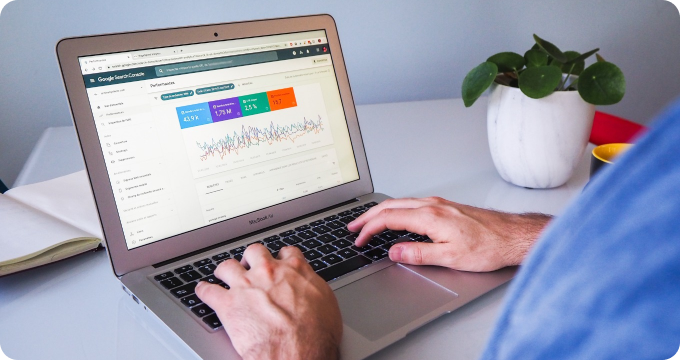What are Special Education IEP Softwares (and How Do They Facilitate Learning?)
- October 20, 2023
- 2 minutes
In the realm of special education, the advent of technology has transformed the landscape, significantly affecting the planning, implementation, and monitoring of the teaching-learning process. At the heart of this transformation is Special Education IEP (Individualized Education Program) Software.
The IEP is a critical tool in the field of special education. It is a legally binding document that delineates the learning objectives for a special education student and the services that the school will provide to help the student reach those objectives. The IEP is developed by a team that includes teachers, school administrators, educational professionals, and the student's parents or guardians.
Special Education IEP Software is an advanced technological tool designed to streamline and enhance the process of creating, implementing, adjusting, and monitoring an Individualized Education Program. It offers a platform that aids in the creation of comprehensive and legally compliant IEPs, tracking student progress, and consolidating communication among team members.
Historically, IEPs were managed manually, often resulting in a cumbersome, time-consuming process. Paperwork could be lost, communication between team members could be slow and inefficient, and the documentation of progress could be inconsistent. The introduction of IEP software has revolutionized this process, allowing for a more streamlined, efficient, and robust approach to managing IEPs.
One pivotal feature of IEP software is its capacity for data management. Most software provides a centralized database for storing student information, including assessment data, progress reports, and instructional plans. It offers the opportunity for real-time updates, which enables educators and other stakeholders to make informed, timely decisions based on current, comprehensive data.
Beyond data management, IEP software also offers tools for goal-setting and progress monitoring. These features allow for the systematic tracking of a student's progress toward their IEP goals, facilitating data-driven adjustments to instructional strategies and interventions.
Furthermore, IEP software provides a platform for seamless collaboration among stakeholders. It ensures that everyone involved in the student's education has access to the same information, encouraging consistency in decision-making and instructional approaches.
However, like any technology, IEP software comes with its own set of trade-offs. On the positive end of the spectrum, the use of the software has the potential to streamline the IEP process, reduce paperwork, facilitate communication, and allow for more efficient and effective data-driven decision-making.
On the potential downside, the implementation of IEP software necessitates corresponding professional development for school staff to effectively utilize the platform. This could entail both time and financial investment. Additionally, concerns around data privacy and security may arise given the sensitive nature of student information stored in these systems.
In conclusion, while there are potential drawbacks to consider, the potential benefits of Special Education IEP Software in facilitating learning are substantial. It represents a significant step forward in the effective management and implementation of IEPs, ultimately dedicated to the noble purpose of enhancing the learning outcomes of special education students. The advent of this technology underscores the importance of ongoing dialogue, research, and collaboration among educators, software developers, and policy-makers to ensure its effective implementation.
Learn More
Unleash the potential of special education with our insightful blog posts on IEP software, a tool that can revolutionize the way you teach! For an unbiased, comprehensive view, they should definitely explore our meticulously curated rankings of the Best Special Education IEP Software.
Popular Posts
-
 Special Education IEP Software Industry Report: Unveiling Key Findings and Crucial Insights
Special Education IEP Software Industry Report: Unveiling Key Findings and Crucial Insights
-
 The Future of Special Education IEP Software: Predictions and Emerging Trends
The Future of Special Education IEP Software: Predictions and Emerging Trends
-
 10 Things I Wish I'd Known About Special Education IEP Software Before Implementing It
10 Things I Wish I'd Known About Special Education IEP Software Before Implementing It
-
 6 Essential Questions to Ask Before Choosing Your Special Education IEP Software
6 Essential Questions to Ask Before Choosing Your Special Education IEP Software
-
 Ask These Questions to a Special Education IEP Software Provider to Choose the Right Solution for Your Needs
Ask These Questions to a Special Education IEP Software Provider to Choose the Right Solution for Your Needs






